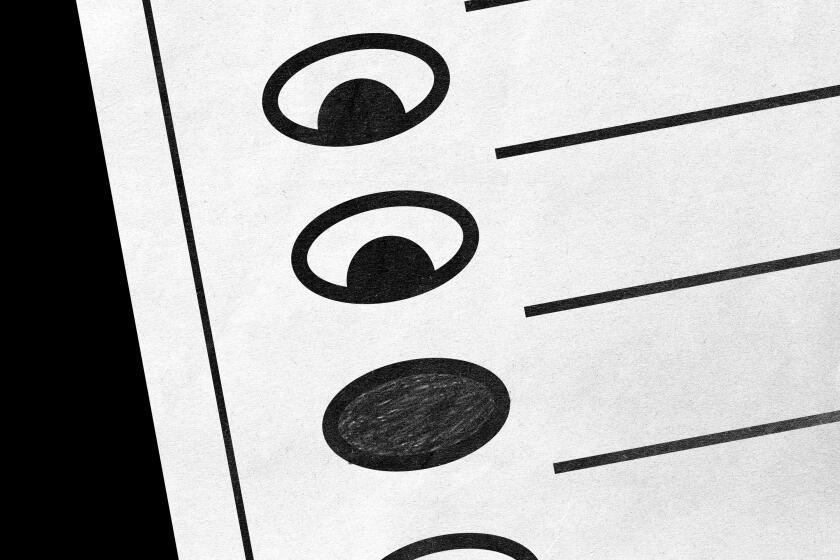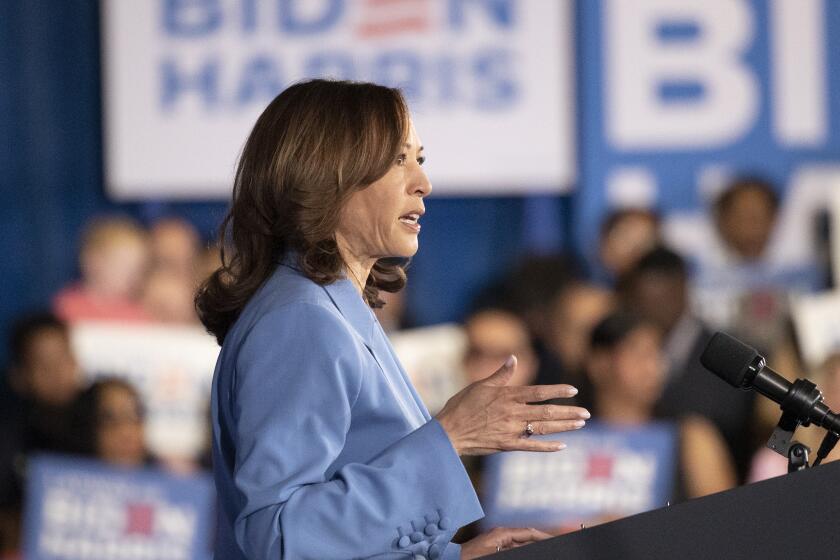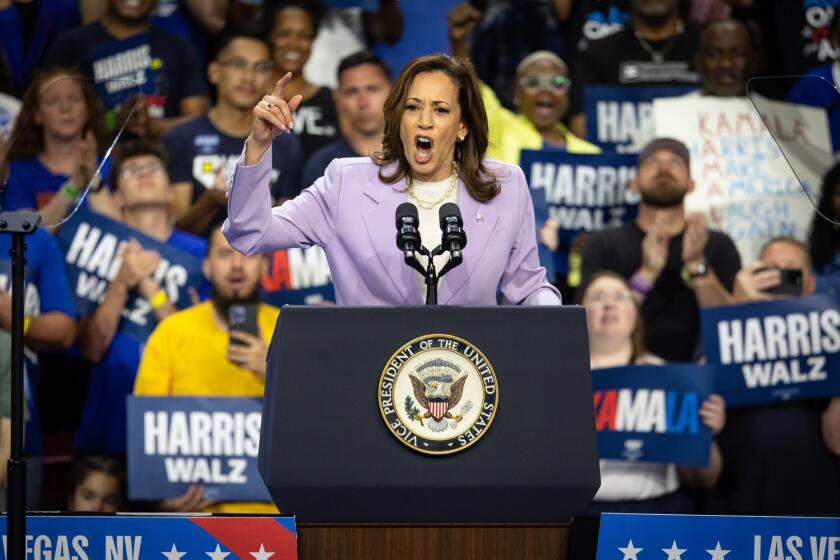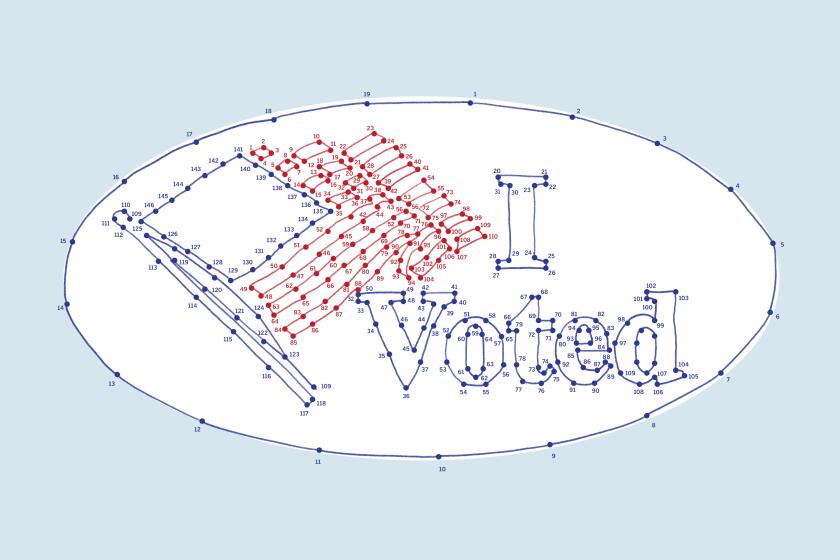Newsletter
Get the L.A. Times Politics newsletter
Deeply reported insights into legislation, politics and policy from Sacramento, Washington and beyond. In your inbox three times per week.
You may occasionally receive promotional content from the Los Angeles Times.
Don Lee writes economic stories out of Washington, D.C. Since joining the Los Angeles Times in 1992, he has served as the Shanghai bureau chief and in various editing and reporting roles in California. Lee previously worked at the Kansas City Star. He is a native of Seoul, Korea, and graduated from the University of Chicago.
More From the Los Angeles Times
Most Read in Politics
-
-
Nov. 5, 2024
-
-
Nov. 5, 2024



























